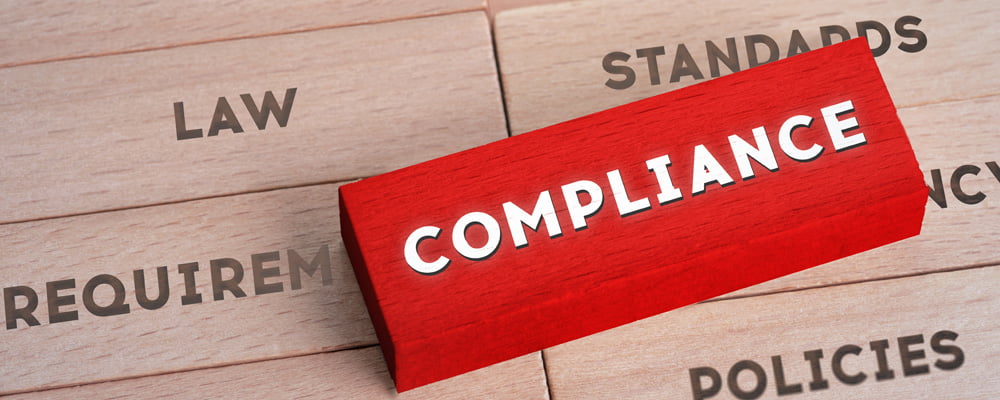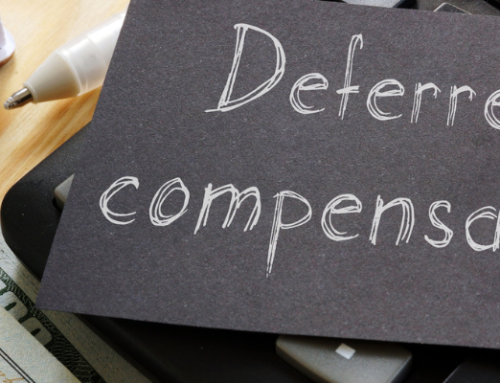The government is increasingly placing emphasis on compliance with the False Claims Act (FCA) and the Truth in Negotiations Act (TINA) currently known as the Truthful Cost or Pricing Act. The Defense Contract Audit Agency (DCAA), now that they have cleared, for the most part, their backlog of incurred cost submission, is now directing their efforts to estimating system audits (DFARS 252.215-7002) and contract post-award audits found in the Contract Audit Manual.
There are several important things to keep in mind when establishing your cost estimating processes that will assist you in compliance risk avoidance.
- Be sure that you thoroughly read the RFP to ensure that you are proposing what it is asking to be proposed. If there are ambiguities, unclear instructions or even straight-forward errors ask the contracting officer, or if you are a subcontractor, ask the prime contractor. There are no penalties for asking for valid clarification and asking a few questions now will avoid confusion and financial issues in the future.
- Ensure that your processes for estimating costs in proposals are in sync with your accounting processes, i.e. what costs are proposed direct and which costs are proposed as indirect and how they are applied. Both the Federal Acquisition Regulations (FAR) and the Cost Accounting Standards (CAS) stress the importance of consistency in stating:
- Contractor practices used in estimating costs in pricing proposals must be consistent with practices used in accumulating actual costs;
- Contractor practices used in accumulating costs must be consistent with practices used to estimate costs in pricing related proposals; and
- Costs may be accumulated in GREATER detail than estimated or proposed, but not estimated or proposed in GREATER detail than accumulated.
To state it more directly, if you propose it, you need to be able to account for it.
- Be prepared to explain any variances between what you are proposing and actual data or from previous proposals for the same or similar items. The auditor will ask, so be prepared!
- DOCUMENT, DOCUMENT, DOCUMENT! What may appear very evident today may not seem as evident later. Keep your documentation readily available and provide it to the auditor when asked or even before to avoid the auditor’s claim of audit delay.
- To ensure consistency proposal to proposal, period to period, to lessen the impact of personnel turnover, and to establish continued compliance with government regulations develop a cost estimating manual that describes you estimating/accounting processes. An excellent way of documenting your accounting processes is to complete a Cost Accounting Disclosure Statement (Form CASB-DS-1). Having an estimating manual will facilitate any government audit and help ensure a favorable audit outcome.
A reliable estimating system is essential to prepare competitive proposals that properly reflect risk. Proactive compliance is generally less expensive than reactive compliance. In the words of former U.S. Deputy Attorney General Paul McNulty, “If you think compliance is expensive – try non-compliance.”





